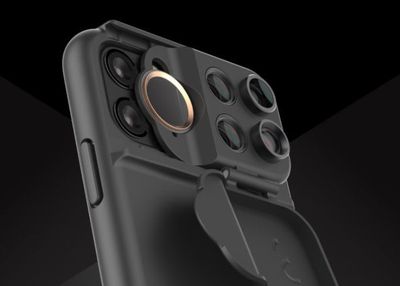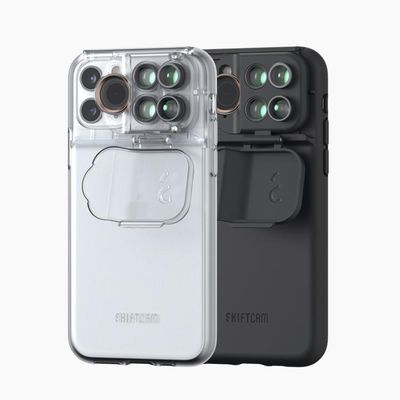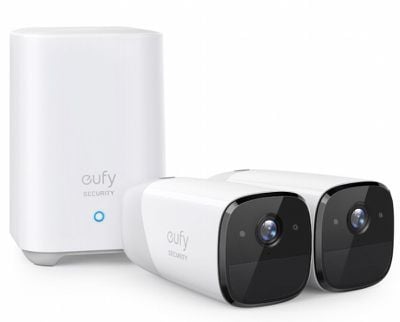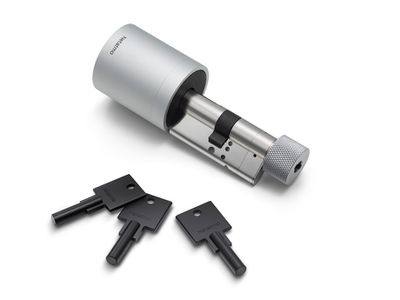Following in the footsteps of Anker, accessory makers Griffin and Aukey are at CES 2020 in Las Vegas this week to show off new portable wall chargers based on a material known as gallium nitride, or GaN. In short, GaN allows semiconductor components to be shrunk down, leading to smaller chargers.
Griffin has three new PowerBlock chargers based on GaN, including a 30W option with dual USB-C ports for devices like an iPhone or iPad, a 45W option with a single USB-C port for devices like a 13-inch MacBook Pro, and a 96W option with a single USB-C port for devices like the new 16-inch MacBook Pro.
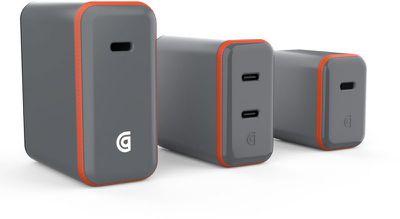
The chargers are anywhere from 11 to 57 percent smaller than non-GaN versions, depending on the wattage, according to Griffin. All of them support USB-C Power Delivery for fast charging, and they all have folding prongs.
Griffin says the new PowerBlock lineup will be available in the second quarter of 2020, with prices ranging from $49.99 to $79.99.
Aukey is also launching a new line of GaN-based chargers in the second quarter of 2020. Full details and pricing have yet to be disclosed, but based on the image below, the so-called Omnia Series will include at least five portable chargers with various combinations of USB-C and/or USB-A ports.
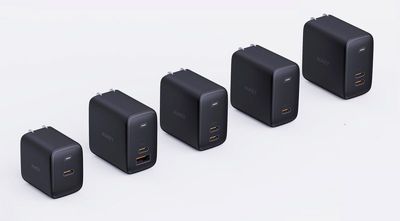
Aukey will be showcasing its new chargers with more details on the CES 2020 show floor this week.


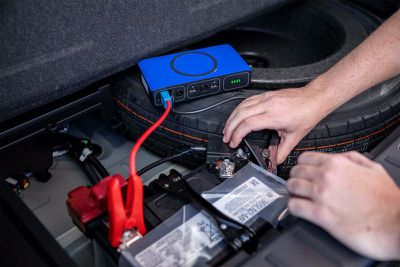
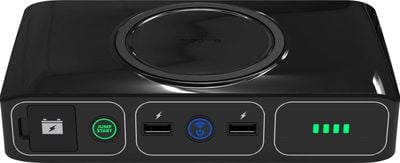

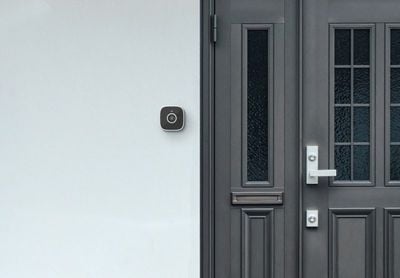


 Note: MacRumors is an affiliate partner with Amazon. When you click a link and make a purchase, we may receive a small payment, which helps us keep the site running.
Note: MacRumors is an affiliate partner with Amazon. When you click a link and make a purchase, we may receive a small payment, which helps us keep the site running.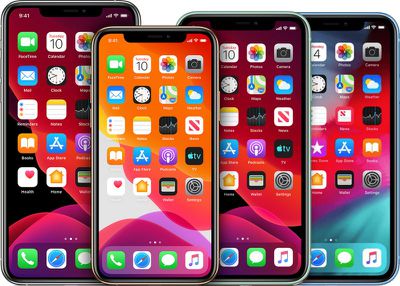

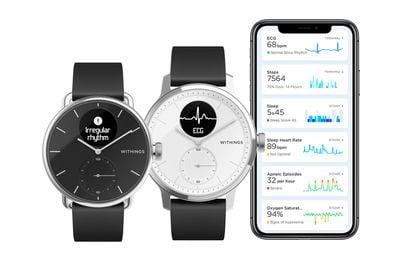
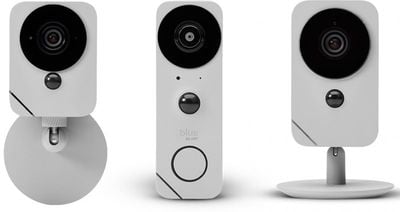
 Note: MacRumors is an affiliate partner with StackSocial. When you click a link and make a purchase, we may receive a small payment, which helps us keep the site running.
Note: MacRumors is an affiliate partner with StackSocial. When you click a link and make a purchase, we may receive a small payment, which helps us keep the site running.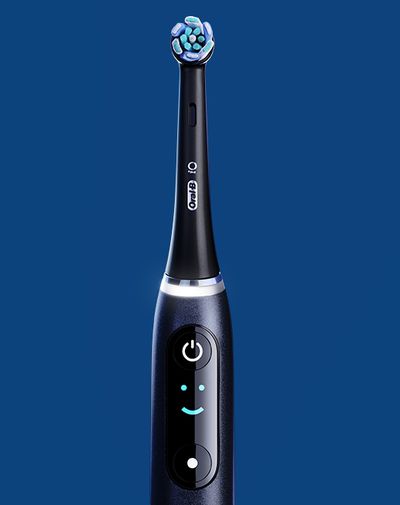
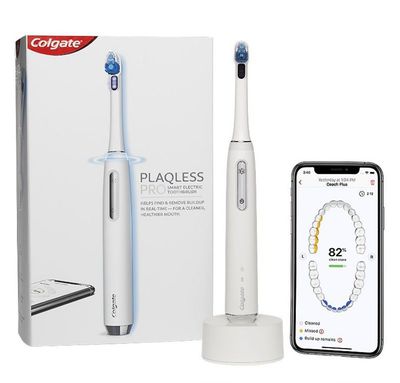
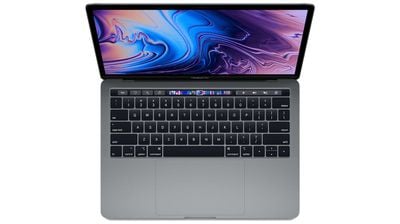 Note: MacRumors is an affiliate partner with Amazon. When you click a link and make a purchase, we may receive a small payment, which helps us keep the site running.
Note: MacRumors is an affiliate partner with Amazon. When you click a link and make a purchase, we may receive a small payment, which helps us keep the site running.